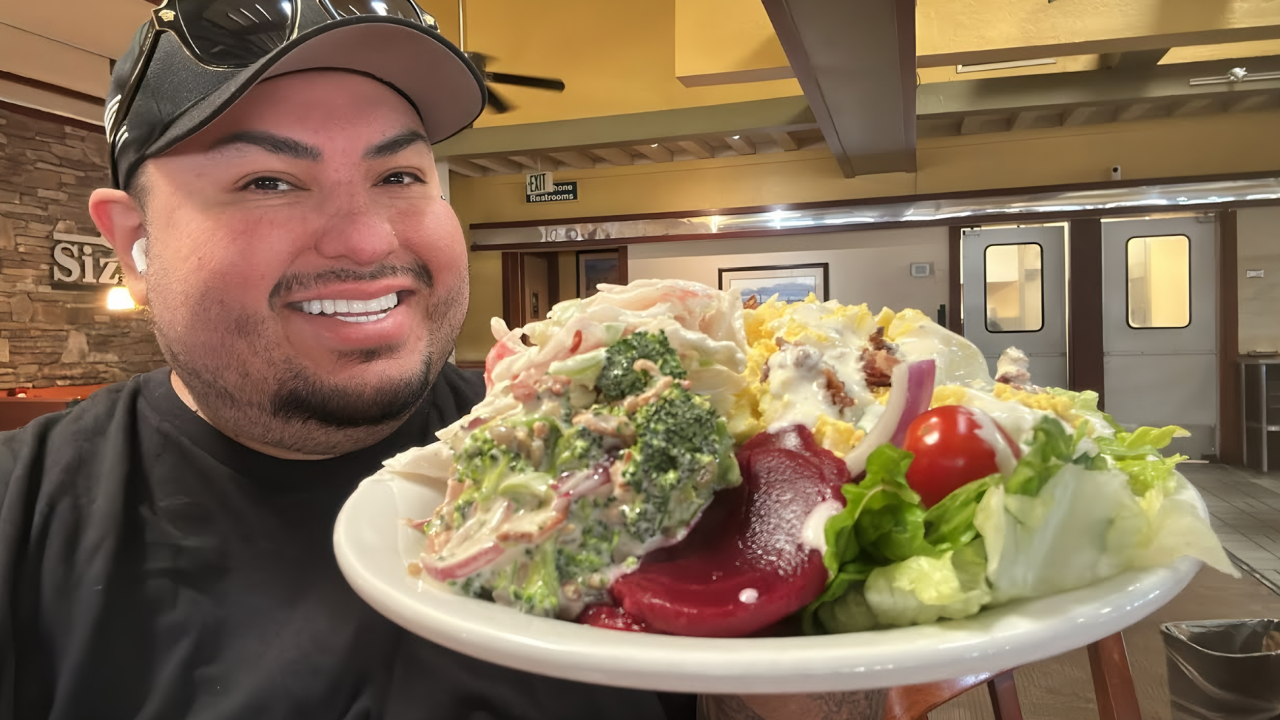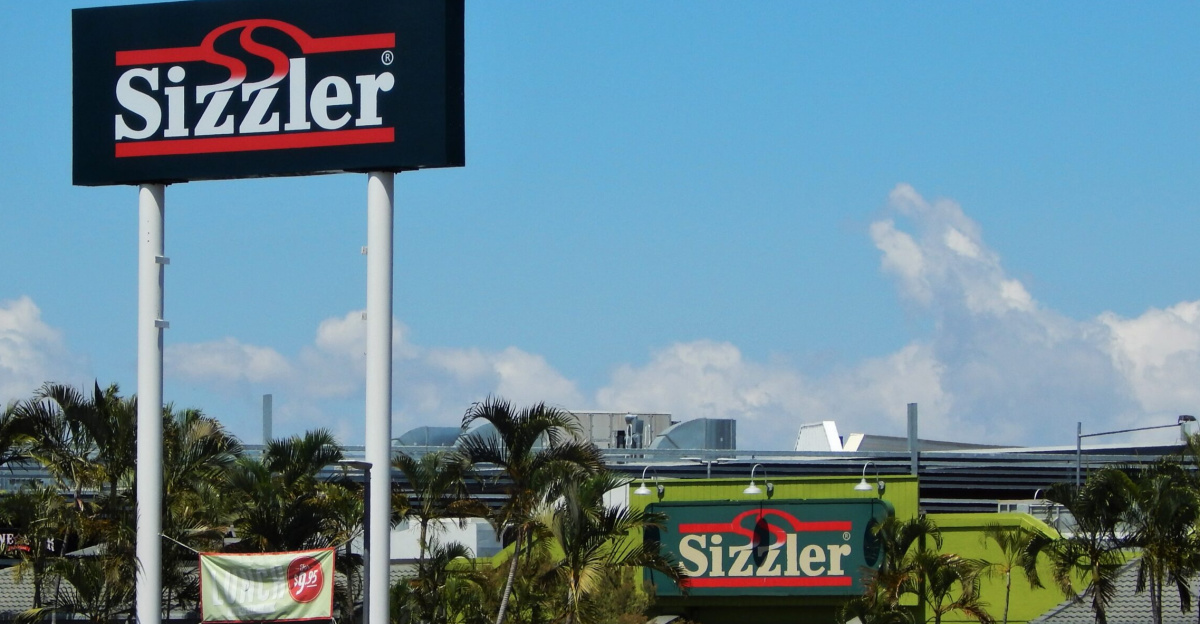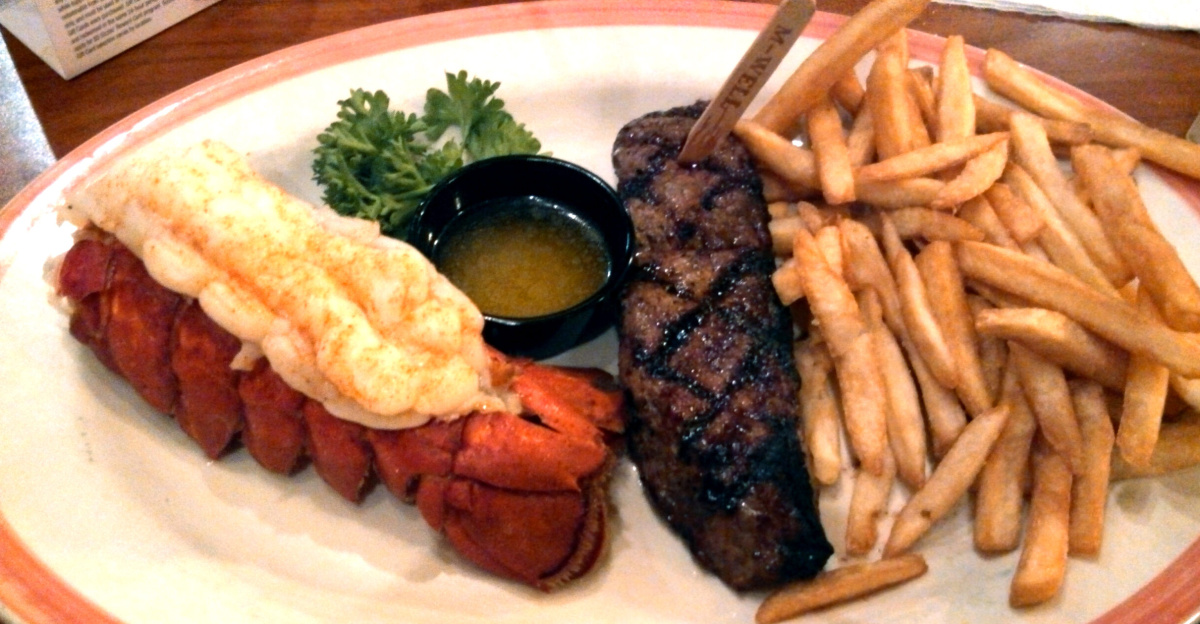
A familiar sizzle and the aroma of steak once again fill the air at Sizzler, a chain that was nearly erased from the American dining landscape. Inside newly remodeled restaurants, guests gather around cast-iron platters and a revived salad bar, scenes that seemed unlikely after years of decline and a pandemic-era bankruptcy. Sizzler’s comeback is not just about nostalgia—it’s a case study in how legacy brands can adapt, survive, and even thrive in a rapidly changing industry.
Why Sizzler Nearly Vanished
Sizzler’s near-disappearance was the result of a long, steady decline compounded by the COVID-19 pandemic. Once boasting 700 locations nationwide, the chain filed for bankruptcy in 2020 and shuttered hundreds of restaurants, leaving only 74 open today. Entire regions, including former strongholds like New York, lost their Sizzler presence. The decline began in the early 2000s as the buffet model fell out of favor and competition intensified. The pandemic forced Sizzler’s leadership to confront the brand’s identity and viability, prompting a shift to a survival-first strategy: refresh stores, streamline operations, and rebuild from a much smaller base.
Rediscovering a Classic: The New Sizzler Experience

The chain’s revival is drawing both longtime fans and new families. Remodeled Sizzlers feature warmer lighting, reclaimed wood, and modern layouts, creating a celebratory atmosphere that blends nostalgia with freshness. The all-you-can-eat salad bar and the signature steak platter—now simply called “The Sizzler”—are back at the center of the menu, complete with thick-cut fries and caramelized onions. These updates have resonated with guests, who appreciate the mix of familiar comfort and contemporary design. The new interiors and menu focus have helped Sizzler recapture its identity as a place for affordable, memorable meals.
Competing in a Crowded Market

Sizzler now positions itself as a value-driven alternative to both fast-food chains and pricier casual dining competitors. With inflation squeezing household budgets, families are seeking deals that don’t sacrifice quality or experience. Sizzler’s model—affordable steak, a robust salad bar, and updated dining rooms—fills a gap between quick-service convenience and full-service indulgence. The chain’s remodels have proven effective, with average sales increases of about 47 percent at updated locations and some restaurants doubling their sales. This success demonstrates that consumers still crave classic American dining, provided it feels relevant and accessible.
Behind the Scenes: Investment and Operational Change

The transformation of Sizzler’s restaurants goes beyond aesthetics. Each remodel requires significant investment in construction, kitchen equipment, digital menu boards, and supply chain upgrades. So far, nine locations have been remodeled, with dozens more planned. These changes have led to more efficient kitchens, better guest flow, and improved employee morale. In California, where nearly 70 percent of Sizzlers remain, the remodel program has brought renewed optimism to franchisees and staff. The company’s focus on operational discipline—tightening menus, improving service, and eliminating failed experiments from the buffet era—has been crucial to its turnaround.
Looking Ahead: Stakes and Implications

Sizzler’s resurgence is emblematic of a broader trend in the restaurant industry, where legacy brands are forced to reinvent themselves or risk extinction. The chain’s comeback is especially notable given the fate of other buffet-era restaurants, many of which closed permanently during the pandemic. Sizzler’s strategy—honoring its core identity while modernizing the dining experience—offers a blueprint for survival in a fiercely competitive market. The company’s leadership is now focused on measured expansion, continued remodeling, and deepening community ties through initiatives like Cheese Toast Month, which supports local organizations. Whether Sizzler’s revival marks a permanent turnaround or a temporary lift will depend on its ability to maintain momentum, adapt to changing consumer expectations, and avoid the pitfalls of overexpansion. For now, the chain’s story stands as a testament to the enduring appeal of classic American dining, thoughtfully updated for a new era.